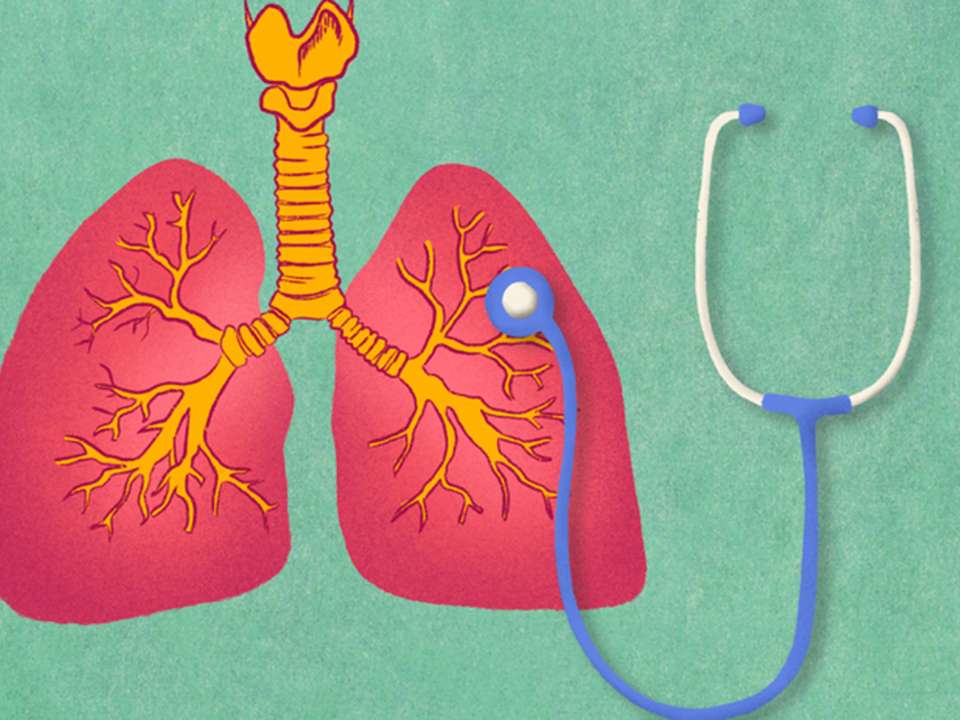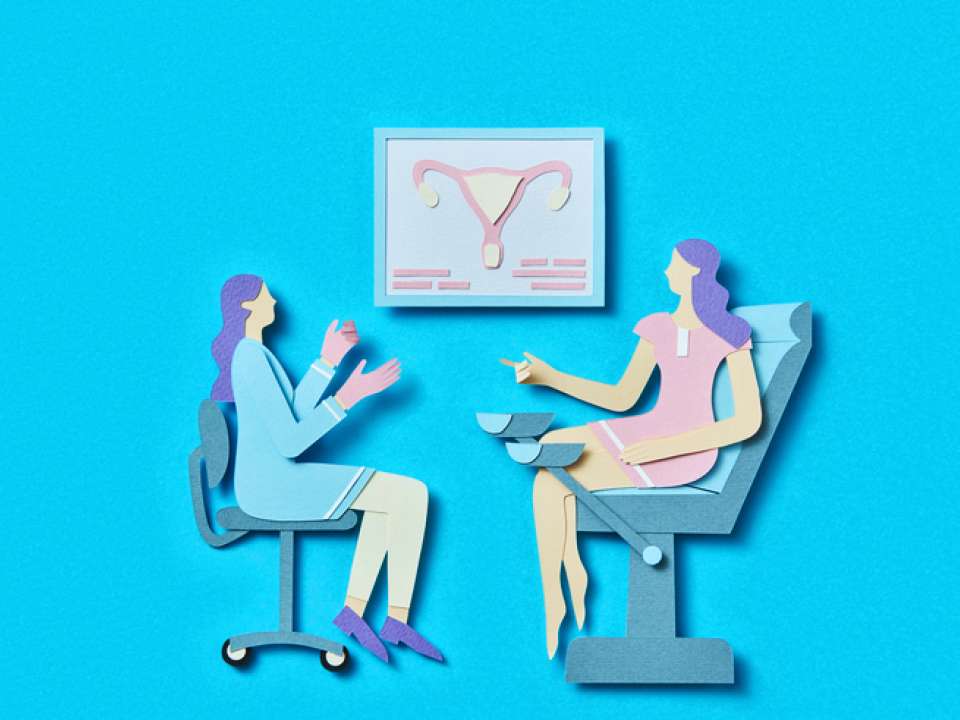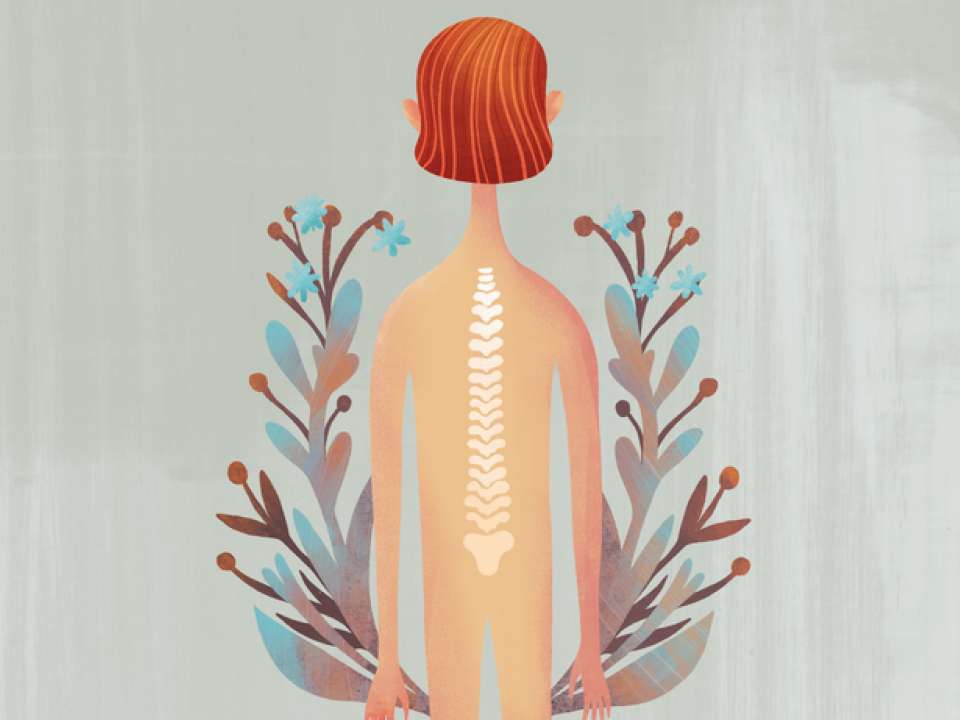
Vitamin D helps your body absorb calcium, helping you build strong bones and stave off osteoporosis. It’s also important for your immune system and your muscles. Typically, the sun helps your body produce all the vitamin D you need, or at least close enough that you can get the rest through your diet.
But if you live in the Pacific Northwest, there’s a good chance you aren’t getting enough of it in the fall and winter months, says Heather Tick, M.D., a family medicine doctor at University of Washington Medical Center-Roosevelt.
This is a problem, because vitamin D deficiency has been linked to a whole host of health issues from heart disease and depression to Parkinson’s disease, multiple sclerosis, dementia and Alzheimer’s disease. And if you’re diagnosed with breast cancer or prostate cancer, your chances of survival may be lower than someone with normal vitamin D levels.
So how can you tell if you need more vitamin D—and if you should stock up on supplements to make it through the next few months? Here’s everything you need to know about the sunny day vitamin.
Sun, sardines and supplements: How your body gets vitamin D
The sun emits two types of ultraviolet rays that reach the earth: UVA (long-wave) and UVB (short-wave). UVA rays penetrate your skin more deeply. UVB rays, on the other hand, help your body make vitamin D. But getting the vitamin D you need isn’t quite as simple as stepping outside.
That means that from about September to June, you can’t rely on the sun to give you the vitamin D you need, she says. Plus, if you wear sunscreen in the summer, as you should, you can kiss your vitamin D production goodbye.
Sunny days aside, you can also get vitamin D from food, but the options are limited. Fatty fish like salmon, swordfish, tuna, mackerel and sardines are all sources of vitamin D, as are egg yolks. Some cereals, orange juice, milk, cheese and yogurt are fortified with vitamin D, too, meaning it’s added in during production to make it easier for people to sneak in vitamin D.
How much vitamin D do you need?
Unless you are really vigilant about tracking vitamin D in the foods you eat, it can be hard to know if you’re getting enough. Symptoms of vitamin D deficiency can be vague, says Lucille Marchand, M.D., a family medicine doctor at UW Medical Center.
Many people who have lower-than-normal vitamin D levels don’t realize it. Your doctor may suggest a blood test to measure your vitamin D level if you have fatigue, muscle aches or bone aches that can’t be attributed to something else, she says.
“If they correct the deficiency, chances are, they’re going to help that person feel better,” says Marchand.
How much do you need? The Institute of Medicine (IOM) recommended dietary allowance is 600 international units up to age 70, and 800 IU for people who are older. Both Marchand and Tick agree these recommendations are conservative.
“I think a lot of the people that are concerned about vitamin D supplementation are concerned about people taking too much,” says Marchand. “Another concern is overtesting for vitamin D deficiency.”
Unlike checking something like cholesterol, vitamin D screening isn’t routine and the idea of testing everyone can be controversial. In 2014, the U.S. Preventive Services Task Force said there wasn’t enough evidence of benefits or harms to recommend vitamin D testing for all.
Similarly, there isn’t consensus on what the normal range is for 25-hydroxy (25-OH) vitamin D, which is the form of vitamin D that circulates in the blood. The U.S. Preventive Service Task Force says that 20 nanograms per milliliter (ng/ml) to 50 ng/ml is the healthiest vitamin D range for bone health, while the American Association of Clinical Endocrinologists says 30 to 50 ng/ml is the optimal and safe range for potential non-bone benefits.
For many people, maintaining a 25-OH vitamin D level at or above 30 ng/ml requires 1,000 to 2,000 IU of vitamin D per day, the organization notes.
How much is too much vitamin D?
Overdosing on vitamin D is hard to do—in 2010, the IOM defined the safe upper limit for vitamin D consumption as 4,000 IU per day.
If you are very deficient in vitamin D, your doctor may suggest a supplement with more than 4,000 IU per day for a short period of time to boost your level quickly. This should be monitored closely with follow-up blood tests to ensure the level of vitamin D circulating in your blood doesn’t reach toxic levels, says Marchand.
Signs of vitamin D toxicity, which is rare, include nausea, vomiting, a metallic taste in your mouth, headaches and body aches. It can also lead to pancreatitis and calcification in the kidneys and blood vessels.
What to know if you take a supplement
It’s a good idea to talk with your doctor before starting any new supplement regimen.
For optimal bone health, you should also be sure to pair it with at least 1,000 milligrams of calcium per day, either through diet or a combination of diet and supplements, she says.
Keep in mind that if you’re taking a daily multivitamin, any vitamin D in that supplement should be included in your daily dose.

 Healthy ideas for your inbox
Healthy ideas for your inbox





